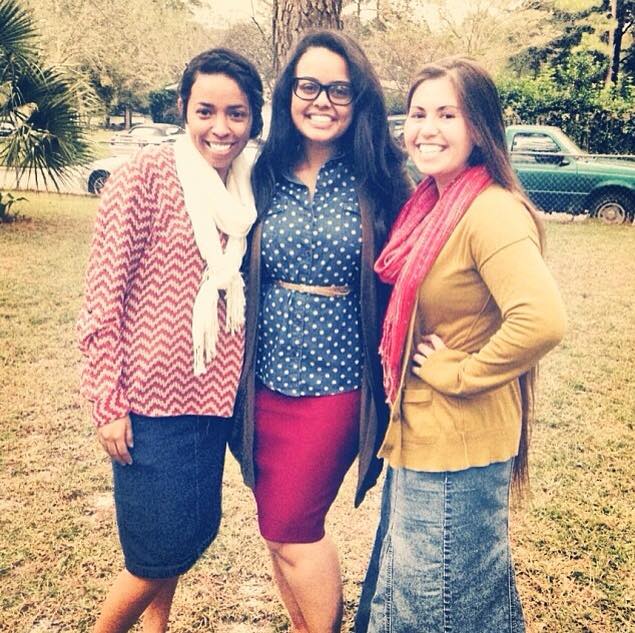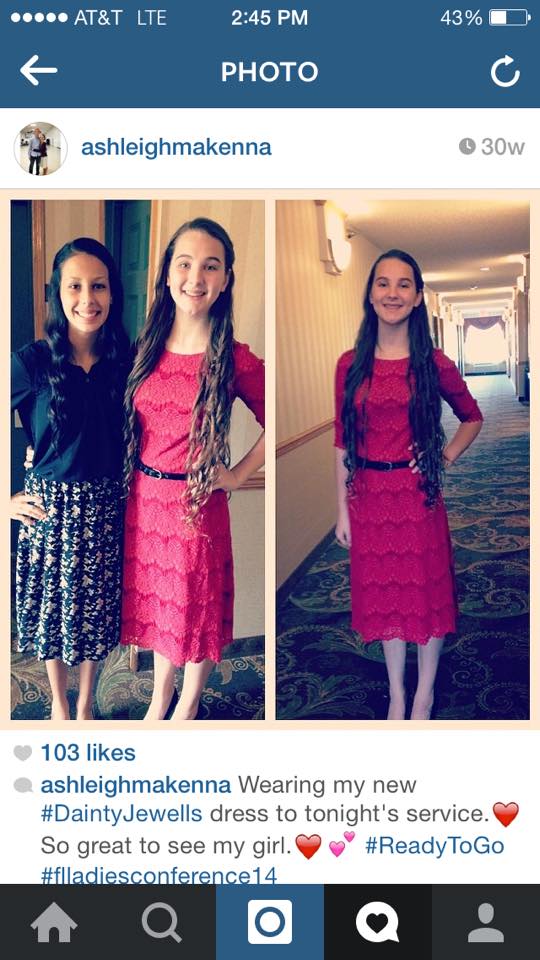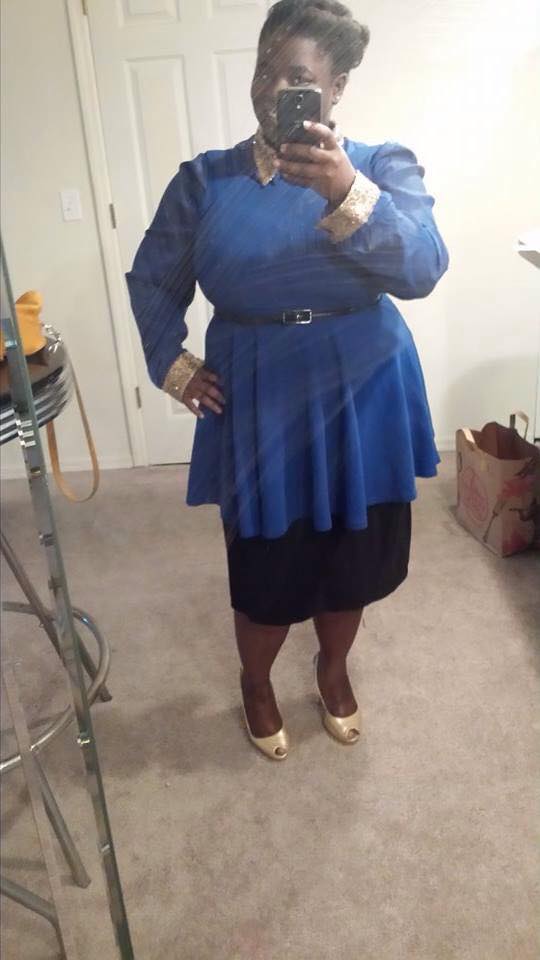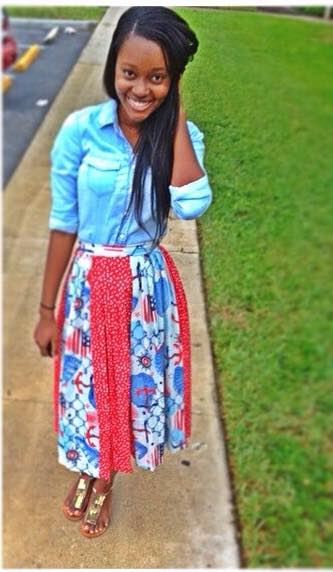The goal of #FaithGoesPop is to pay attention to, sight, and comment on the many ways that religion and pop culture cross paths, intermesh, and come into conflict. The hope is that our exploration of "Faith Pop" would be broad enough to include the ways religion is re-appropriated in popular culture and how popular culture is re-allocated by religious actors and entities. To do this successfully I called on many of you to sight your "Faith Pop" and let me know when you saw #FaithGoesPop via Facebook, Twitter, & e-mail.
You've done very well.
We've got a fresh new harvest of #FaithGoesPop sightings ranging from water bottles to the passion of Justin Bieber, from soul food seders to surf church and everything in between. Lez get started.
- All the way from California Alex W. sent me a pic of "Noah Water: California Spring Water." Yes, they went there.
Noah's Water, flooding your thirst since the Deluvian age.
You know, because nothing screams "clever marketing" louder than a Hebrew Torah narrative about Ha Shem (G-d) wiping humans, animals, and (possibly?) unicorns off the face of the earth with torrential downpours and water spouts from the pits of hell? (See Genesis 6-9) And if that isn't ironic enough, they call it "Noah's Water," because, you know, after spending 40 days and nights floating on a world of water all that Noah wants is a tall, cool, glass of spring water. Yeah right. I'd imagine that every time Noah drank a glass of water after the Genesis flood he suffered from a serious case of PTSD. "Flood your thirst." Brilliant tagline. About as good as a tagline for red paint that reads, "Passover Proof" or these tasteless salt and pepper shakers featuring Lot and his wife. Nice touch by catching the sheer terror of Lot's wife with her arms raised in a running pose.
"What's going on here?!" you ask. Irony. Pure, Gen X-er & Millennial proof irony. As Brett McCracken of RELEVANT magazine notes:
“It’s no secret: Our generation—letʼs very roughly say those of us currently between college age and 40—is very, very ironic. That is, we look at the world, especially pop culture, through a highly sarcastic, “youʼve got to be joking, right?” lens. More self-aware and media savvy than ever, we are a growing class of ironists who speak in terms of pastiche, Internet bits and pop culture bites, film quotes and song lyrics, and “oh no she didnʼt!” tabloid tomfoolery. We look the stupidity of culture in the face and kiss it...”
McCracken reflects that irony has become a defense mechanism for the savvy generations that grew up in a society where earnestness failed and consumer capitalism ran rampant. Irony is a way to strip the forces of global capitalism and normal nihilism from their inevitable and quasi divine force. How? To make sure nothing is sacred and everything is ridiculous. I can't quite complain. I'm part of this generation. I swallow pastiche & appreciate sardonicism with the best of them. But I must say, with Noah's Water we may have outdone ourselves.
*FYI, our last #FaithGoesPop compendium featured an H20 bottle as well. There is something in the water folks.
Now, from water to beer. Ben C. out in California shared a photo of a "Holy Hefeweizen" that he had the honor of blessing before it was tapped for the St. Patrick season at a local SoCal brewery.
Of course, religious quaffs are nothing new. Sages across the ages have not only enjoyed a drink or two, but brewed a few (or hundreds) of gallons as well and there are even deities of the sacred draughts. If you were tempted, like I am, to give thanks for the saintly suds from above, you could turn to Silenus, Greek god of beer, or Ninkasi, the Sumerian goddess who slakes the thirst of the world with the fruit of her bounteous hops. Here in the Americas, you could magnify the Mexica deity Tezcatzontecatl, god of drunkenness. Perhaps, with a swig of ale you could proclaim the accolades of Mbaba Mwana Waresa, the Zulu god credited with brewing the first beer in creation. To learn more about the storied history of religion & beer, check out
- Staying at the table for our #FaithGoesPop sightings I came across a "Soul Food Seder" in the most recent edition of Sunset Magazine.
Sunset shares the story of chef Tanya Holland (again, in California) who runs Oakland's Brown Sugar Kitchen who makes a case for the best soul food west of the Mississippi. For years, she's wanted to host a seder. Married Phil Surkis, who is Jewish, the pair invited friends and family over for a "soul food seder" that harmonized African American and Jewish culture, recipes, and rituals. The result? North African styled haroseth symbolizing the mortar the Hebrews were forced to make bricks from in Egypt; Creole Matzo-ball Soup; & flourless chocolate pecan cake. This remix on a rather traditional table setting and menu is the quintessence of cultural hybridity. Fusing her African American roots and Jewish husband's background on one level and redeeming history (using North African recipe elements for foods representing the liberating meal of a people once enslaved there) on another, Holland created a "third-space" out the post-colonial pieces that make up her mélange family story. The result? A table full of fellowship, stories, and a recipe for the future of religion and culture.
- Next, another merger. This time: surf church.
Photo from The Los Angeles Times story on Pepperdine's surf chapels.
It seems we can't get away from California (I promise, the next sighting won't be from the Left Coast). But I can't say no to my mom, who sighted this one and sent it my way. Out at Pepperdine University, students are given the opportunity to attend "Surf Chapel." The Los Angeles Times reported, "First they listen to Bible passages and break up into small groups to share emotional highs and lows. Then many of them don wetsuits, grab boards from a Pepperdine recreation department truck and hit the waves." The surfer's service is led by former Navy-man and current business professor Rob Shearer who "carries his surfboard and his New American Standard Bible and wades into the sacred realm of the outdoors, where he expounds the merits of religious belief and community building" every Wednesday with Pepperdine undergrads.
Surfing and religion have a wavy history. Pepperdine profs aren't alone in taking to the waves to surf the spirit. Indeed, Dr. Bron Taylor (University of Florida) reflected in Surfing magazine and elsewhere that "soul surfers" who testify to the "physical, psychological, and spiritual" benefits of surfing constitute their own "new religious movement" which prescribes a reverence for nature's "transformative, healing, and sacred" powers.
Like the close-calls and cuts of surfers contending for the same break it seems "soul surfers" and those "surfing for the Savior" may compete to catch the same spiritual swell.
- kay, I promised. No more California. Let's head to Brazil and move from "surfing the spirits" to "slaying in the Spirit."
Slaying them in the Spirit.
Celso F. sighted this gem of a graphic image illustrating a Pare de Sufrir warrior cutting down an effigy of a mai de santo (lit. "mother of saint") the Candomble religion of Brazil. Vitor Teixeira, a South American political humorist and illustrator often takes his pen-and-ink out on the Universal Church of the Kingdom of God (UCKG, or Igreja Universal do Reino de Deus), also known as Pare de Sufrir (lit. "stop suffering"). Here, he makes clear the theological bent of the 8 million member strong neo-Pentecostal megachurch, which is planting churches in places as diverse as Houston, TX and London, England. With an emphasis on Spirit-fueled healing of the body, prophecy, baptism in the Holy Spirit, glossolalia (speaking in tongues), and eternal salvation the UCKG sees itself as a bulwark against satanic influences in poverty, crime, and competing religions. Thus, the church trains their followers to be "warriors" to fight against Afro-Brazilian religions such as Candomble and Umbanda (see the 2005 book Orixás, Caboclos e Guias: Deuses ou Demônios? by founding pastor Edir Macedo).
The conflict, and the embodied, pneumatic, and apocalyptic essence of UCKG highlights the triumphant, and even dominionist, theology of some new global Pentecostalisms. While not representative of all Pentecostals, the UCKG makes explicit the swelling numbers of those Spirit-filled evangelicals who aim to "raise champions and take territories" for the Lord relying on a worldview that sees the spiritual manifest in city blocks, and visceral contestations over human bodies. In their view, the spiritual is all pervasive and everything material is a potential vessel of divine power -- nefarious or benevolent. Everything is spiritual. Thus, the Spirit of God must be called upon to fight and cure physical enemies and realities -- social, political, economic, and religious.
- Speaking of spiritual battles, let's talk about "The Passion of Justin Bieber."
You can't un-do seeing this photo. It's burned in your memory for-ev-er [insert "Sandlot" voiceover here].
Andrew R. sent me a link to a Jezebel story wherein the author highlights the parallels between Jesus Christ's passion during #HolyWeek and the recent roasting of everyone's favorite popstar to hate -- Justin Bieber. Other than the expected, but nonetheless lame, jokes about "believers" and "Beliebers" the roast featured a long list of B-list celebs taking the mickey out of Bieber in a thinly veiled attempt to resurrect his career.
While the author makes it clear that, in reality, "apart from their scant biographical similarities" JB and JC have nothing in common it seems we've come full circle in our exploration of #FaithGoesPop. We started with irony. We end with irony. What could be more satirical than a parallel comparison of the passion narrative of a man many consider divine with a man many consider a boy?
The answer? Noah Water, that's what.
Conclusion
As you can see folks, religion is everywhere. Not only does it serve as a launching point for caustic humor, but despite the prophecies of secular theorists who foresaw the decline of religion in the 21st-century the world is a seemingly very sacred place. At home altars and in public processions of faith, from breweries to Biebers, religion helps us to make meaning of popular culture. Religion, what Dr. Anthony Pinn of Rice University sums up as "the quest for complex subjectivity" involves our search to answer the fundamental questions of our existence and invest life -- in all its material pop culture glory -- with significant, transcendent, meaning.
Keep your eyes peeled friends. You shouldn't have to look too hard. #FaithGoesPop is everywhere.











